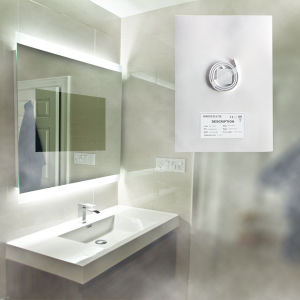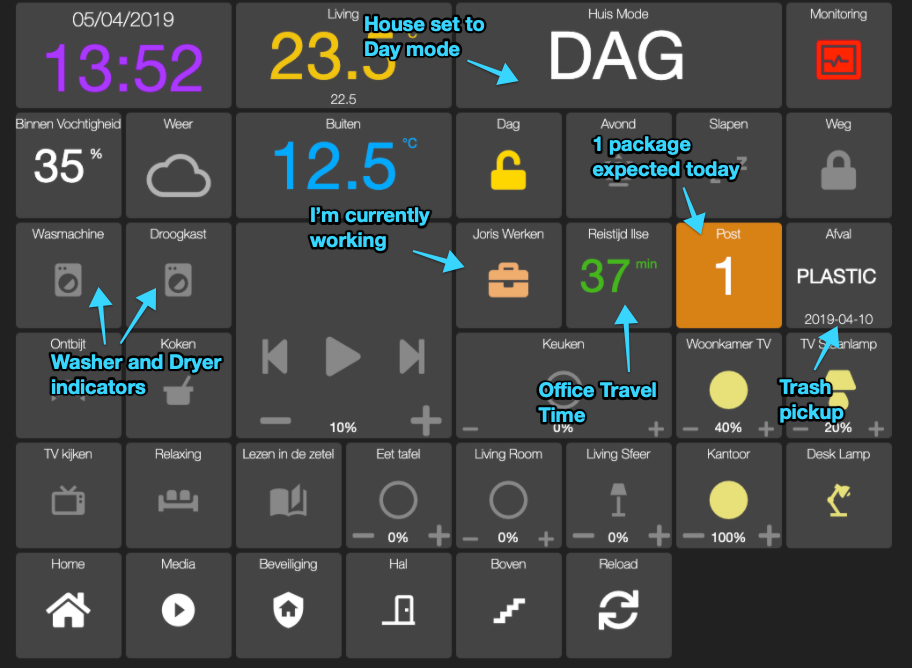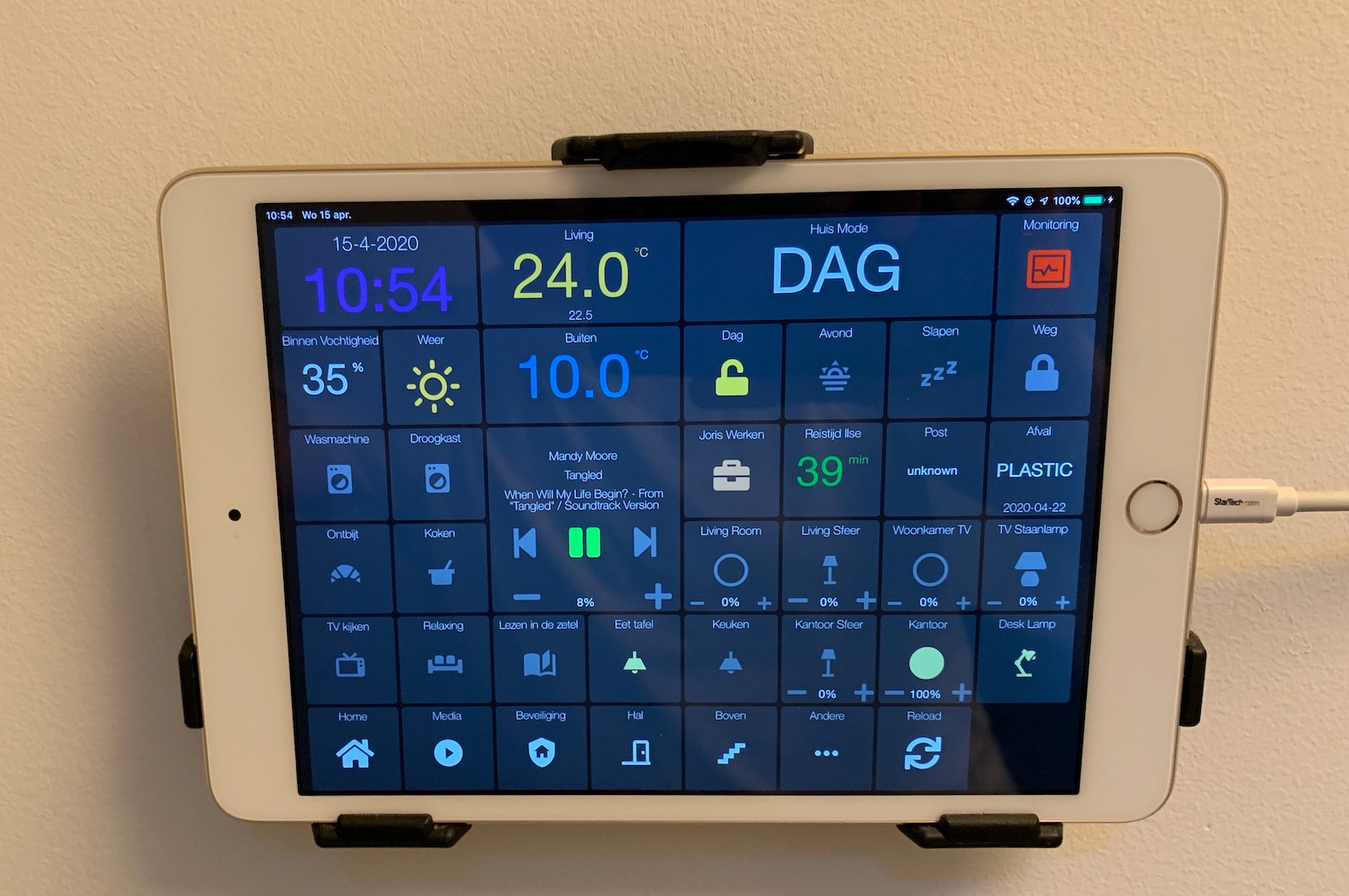It looks like I've linked you here myself. Linking people to a blogpost I wrote is often a bit akward, especially at work.
I likely shared this blog in an attempt to further a conversation. Usually the post does a better job at succinctly sharing information than I could by talking.
In any case, I hope me sharing this post doesn't come across as humblebragging, that's really the opposite of what I'm trying to achieve.
Thanks for reading!
My Favorite Home Automations3 min read
Convenient, time-saving and kinda cool
Here are my favorite automations I’ve implemented with casa, my home automation stack.
1. House Modes: Home, Away, Sleep
When switching the house mode to Home, Away or Sleep, the lights, music and cameras around the house are turned on/off automatically.
2. Evening mood lights
An hour before sunset (changes with the seasons) the house is set to Evening mode and most of the lights around the house have their brightness reduced and color temperature adjusted. Extra ambience and outdoor security lights are turned on automatically.
3. Work Mode
When I attach my external monitor to my laptop, casa automatically detects my laptop and activates the “Joris Working” mode. This then affects how the lights and music work in the rest of the house (and in my office in particular).
4. Morning routine
Update: I did a talk titled Creating the Ultimate Morning Routine about this at the first-ever Home Assistant conference. This is a bathroom mirror adhesive heating pad: you stick it to the back of your mirror and it heats up when plugged in, preventing your mirror from fogging up.
In the morning I’m awoken by a smart wake-up light (I use SleepCycle for this). This in turns triggers the bathroom to start the morning routine (lights + cheerful music). When exiting the bathroom, music will start playing downstairs and the kitchen lights turn on. The living room TV shows my Good Morning dashboard with the weather, expected package deliveries, home status and more. When I plug in my laptop, the house goes into “Joris Working” mode, the livingroom music stops and the TV and kitchen lights are turned off.
5. Bathroom entry
When entering the bathroom the ceiling lights and the mirror light and heater (avoids fogging) are automatically activated. Music auto-plays depending on the time of day. Everything turns off when turning off the bathroom lights. Most of these are disabled at night (you don’t want music and bright lights during a bathroom visit at 2AM).
6. Motion-activated lights
Certain areas of the house like the toilet, hallway and pantry have automatic motion-activated lights.
7. TV mood scene
When turning on (or off) the TV, the lights in the living automatically adjust to reduced brightness and a warmer color temperature. Living room music is paused.
8. Bedroom Heating and Window
Usually we don’t heat our bedrooms but on cold nights we can press a button on our phones (no need to get out of bed 😊) that will turn on the heating in our bedrooms and turn up the central heating until a certain temperature is reached. I’ve thought about automatically doing this based on the outside temperature, just haven’t gotten around to it… I’ve also automated the opening and closing of the bedroom window.
9. Package, Trash and Drive Time indicators
Our wall-mounted iPads will show how many packages are on their way and when trash needs to be put outside for pickup. We also have an indicator with the current estimated driving time to my wife’s office (taking into account traffic).
10. Washer and Dryer notifications
When the washer or dryer are done, we get notifications via Slack on our phones.

Home automation dashboard, annotated.

How we use it, through wall-mounted iPads.
The state of home automation
Interested in doing something like this yourself? Awesome! I recommend getting a Raspberry Pi (get the latest model with the most compute power) and installing HomeAssistant on it. If you want to know the technical details of any of automations listed above, you can find my setup details on github.
A quick word on expectations. Setting all of this up took a me lot of time and requires continuous maintenance (I make changes at least once a week). While home-assistant provides a great amount of reuseable components, I’ve still done a ton of customization.
Also, on the list above, multiple things tend to be broken at any given time. That’s not because of the poor quality of my setup - although not ruling it out entirely 😉 - but mostly because in the current multi-vendor home-automation landscape, integrations tend to break all the time as APIs change, standards evolve and cloud services get shut down. While there has been a noticeable improvement in the past few years, there’s still a long way to go.
All of this to say that if you’re getting into this, make sure you first and foremost think of it as a hobby. If that’s your starting point, I can wholeheartedly recommend it!